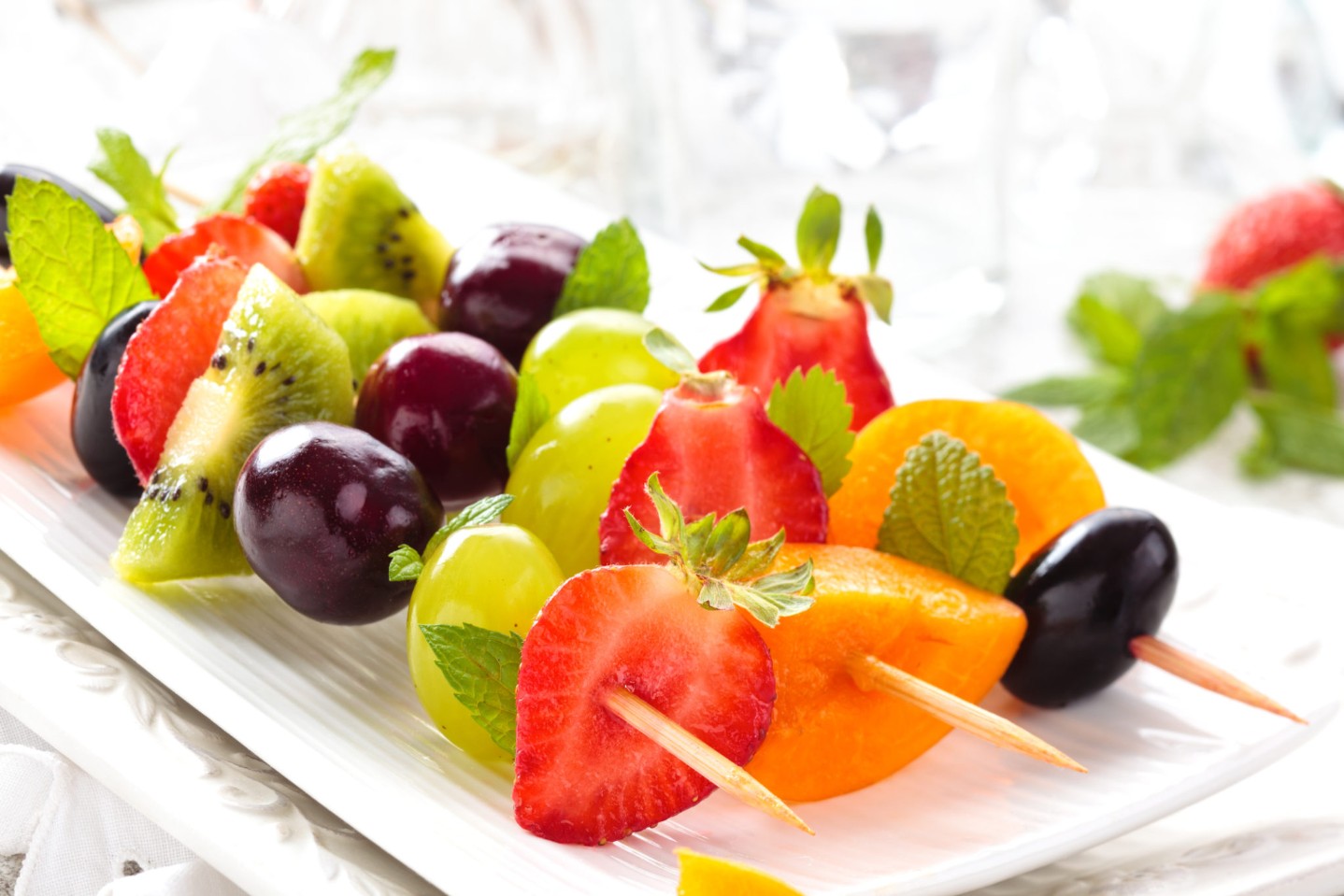Is Stress Holding You Back? Break Free with These Tips
APR 09, 2025Stress is a natural reaction to life's challenges. Practicing mindfulness, staying conntected, and setting boundaries are three effective tips for managing it.
Read More
Necessary nutrients found in fruit:
1. Getting fiber is a reason to eat whole fruit, including the peel to improve digestion; eating edible peels can help improve cholesterol levels. Fiber-rich fruits include apples, Asian pears, blackberries, pears, pomegranates, and raspberries.
2. Nutrients found in fruits include folate, magnesium, potassium, and vitamins A, C, and K. Many of these are under-consumed by Americans in general, and by specific at-risk groups. Fruits that are high in vitamin C include papaya, pineapple, raspberries, strawberries, tangerines, watermelon, blackberries, cantaloupe, grapefruit, honeydew melon, kiwi, lemons, limes, and oranges. Vitamin C is important for growth and repair of all body tissues, helps heal cuts and wounds, and keeps teeth and gums healthy. Fruits high in potassium include bananas, cantaloupe, honeydew melon, orange juice, dried apricots and dried peaches. Potassium promotes vascular health including reducing artery stiffness and protects against the damage caused by excess sodium intake. Fruits are also the best sources of polyphenol compounds (antioxidants) such as flavonoids whose varied health benefits are subject to ongoing research.
What to buy:
Eat a variety of fruits. Save money by picking fruits that are in season. Frozen fruits are picked at nutritional peak; use only what you need to avoid the problem of spoilage.
Fruits as a nutritional powerhouse:
Fruits are cholesterol-free and are naturally very low in fat and sodium. Fruits are a good bargain for the calories - a lot of them are about 85% water so they fill you up, and reduce the temptation to indulge in less healthy choices. Add fruits to your diet in place of other, less nutritious, higher-calorie foods.
How much fruit do you need?
Adults 19-30 need 2 cups daily. After age 30, women need 1 1/2 cups, and men continue needing 2 cups.
What counts as a cup? In general, one cup of fruit or 100% fruit juice, or 1/2 cup dried fruit can be considered as one cup toward your daily recommended amount. Also, count as one cup-1/2 large (3.25” in diameter) or 1 small (2.5” in diameter) apple, 1 large banana (8-9” long), 1 medium grapefruit (4” diameter), 1 large orange (3-1/15” diameter), 1 large peach (2 3/4” diameter), 1 medium pear (6-7 oz.), 3 medium or 2 large plums, about 8 large strawberries, 1 small wedge of watermelon (1” thick).
Pesticides and how to properly rinse fruit:
The health benefits of a diet rich in fruits outweigh the risks of pesticide contamination. Shop smartly, and opt for organic fruits only when buying types most at risk of contamination. Pesticide-prone fruits where it makes the most sense to buy organic include apples, strawberries, peaches, imported nectarines, and grapes. None of these actually exceed USDA safety guidelines for pesticide contamination. Fruits that are lowest in pesticide contamination (where you do not need to buy organic) include pineapple, mangoes, domestic cantaloupe, kiwi, watermelon, and grapefruit. To remove dirt and surface microorganisms, rinse fruit before preparing or eating them. Under clean, running water, rub fruits briskly with your hands and then dry them with a clean towel or paper towel after rinsing. Lastly, keep fruits separate from raw meats, poultry, and seafood while shopping, preparing or storing.

Stress is a natural reaction to life's challenges. Practicing mindfulness, staying conntected, and setting boundaries are three effective tips for managing it.
Read More
Nasal airflow problems can cause difficulty sleeping, trouble breathing during exercise, snoring, changes to your sense of smell, mouth breathing and pain or pressure in your face.
Read More
You know good sleep makes you feel better. But did you know lack of sleep is linked to increased risk of chronic diseases like heart disease and diabetes.
Read MoreWhen you need local health information from a trusted source, turn to the CHI Health Better You eNewsletter.